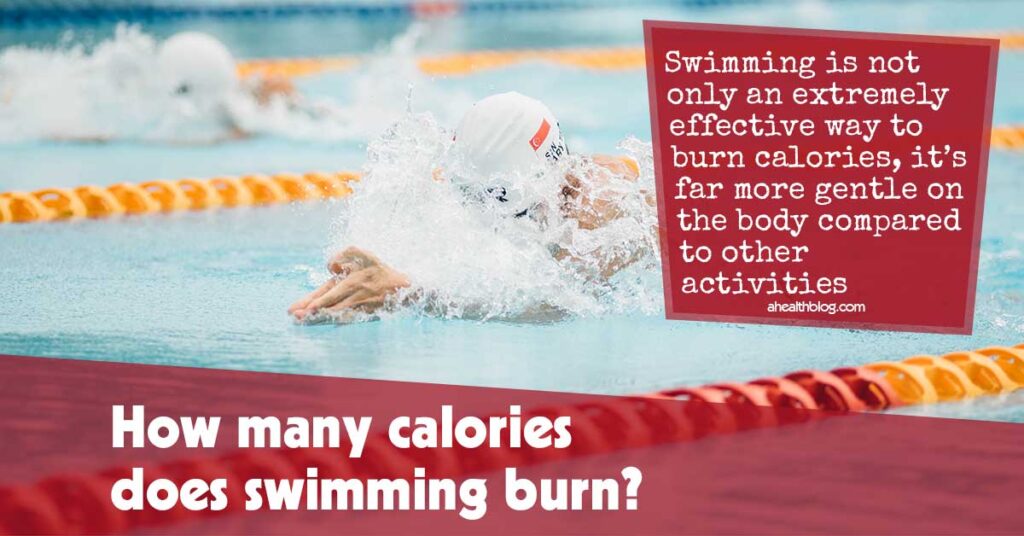Swimming may help to strengthen bone mineral density
Weight-bearing training has long been shown to be effective at increasing bone mineral density; however, swimming for at least three hours each week has also proven helpful.
Studies showed that 3 to 6 hours of swimming every week improved bone mineral density among postmenopausal women, while there was no such increase among premenopausal women who only participated in less than 3 hours worth of weekly swim sessions.
2. Swimming can help individuals manage type 2 diabetes
A study has discovered that 16 weeks of swimming resulted in significant declines in BMI, arterial blood pressure, lipid profiles, blood glucose levels and body fat percentage among people living with type 2 diabetes.
Twenty men and twenty women aged 52-58 with type 2 diabetes participated in this research study.
Participants were divided into two groups, an experimental and control, with participants assigned to participate in 120 minute swimming sessions three times weekly for 16 weeks with moderate swimming intensity (not requiring high effort), while control did not participate in any physical activities whatsoever.
According to the study’s results, regular swimming sessions could provide an effective non-pharmacological solution in managing type 2 diabetes.
Swimming Can Help Improve Brain Function
According to a small study involving 18 participants, moderate-intensity swimming for 20 minutes at moderate intensity resulted in improved cognitive performance after just 20 minutes of moderate intensity swimming. Participants responded faster on cognitive tests and processed visual information immediately post swim, leading to positive improvements in their cognitive performance and visual processing abilities.
4. Swimming Can Help Manage Blood Pressure
In a study with 100 postmenopausal women aging approximately 74 years with stage 2 hypertension, researchers randomly assigned them either swimming or no physical exercise for 20 weeks; those assigned to swimming practiced 3 to 4 times weekly while controls did nothing physical at all.
Swimming was found to lower blood pressure and arterial stiffness while increasing aerobic capacity and strength, according to researchers. They concluded that it could be an effective tool in the prevention and treatment of age-related vascular complications as well as decreases in cardiorespiratory capacity and muscle strength.
5. Swimming Can Help Burn Calories
Swimming is an effective way of burning calories. A 160-pound person could burn roughly 423 in 60 minutes with moderate or low intensity swim sessions while 715 could be burned at higher intensities.
That same 160-pound individual would only burn about 314 calories while walking at 3.5 mph for one hour at an average speed. Yoga would only burn an estimated 183 in 60 minutes while the elliptical trainer might manage only to burn another 365.
Swimming is an extremely effective way to burn calories, yet still gentle on your body compared to other activities – making it suitable even when recovering from injury.
How Many Calories Does Swimming Burn?
To determine how many calories swimming burns, METs (metabolic equivalent of task) are used as an estimate of energy expended during physical activity. They measure how hard your body is working relative to rest; when resting is equal to 1 MET which equals approximately one calorie/kg bodyweight per hour of energy output.
MET values for various physical activities have been obtained from reliable sources and published in the Compendium of Physical Activities. When swimming, calories burned are calculated using both your swimming intensity and bodyweight to calculate MET values for calculation.




